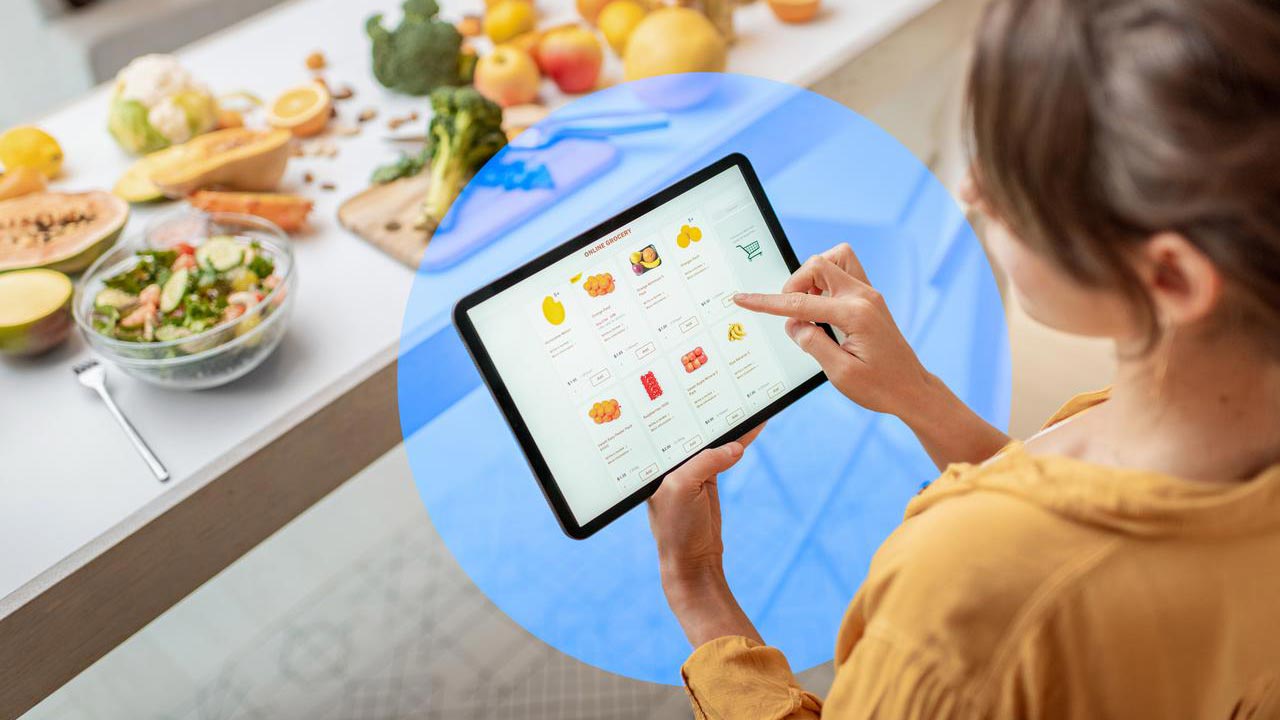What’s for dinner? How to use Generative AI to optimize meal planning
Food waste is a global issue with a significant impact on household budgets and the environment. At home, poor meal planning is the main culprit. We often buy more than we need or forget about items that end up in the trash. It’s a common, costly problem, both economically and environmentally.
Generative Artificial Intelligence (Gen AI), through accessible tools like ChatGPT, Perplexity, or Bing, offers practical and effective solutions to this issue by optimizing how we buy, consume, and utilize food. These tools leverage advanced language models trained on vast amounts of data, enabling them to analyze available ingredients, suggest recipes, and tailor menus to fit individual preferences and needs.
Generative AI is a powerful and accessible tool that makes us more efficient in all areas of life.
AI-powered menu planning
Generative AI simplifies creating weekly meal plans. For instance, using tools like ChatGPT, you can ask a straightforward question:
> What can I cook with the ingredients I have?
This allows AI to process your food inventory and generate recipes that minimize additional shopping, cutting down on food waste. It’s not just about answering “What’s for dinner?”, but doing so in a way that maximizes efficiency.
The true strength of these tools lies in their ability to customize responses based on our preferences. For example, if you ask,
> Act as a chef and create a weekly healthy, high-protein menu for two adults and two kids, including the necessary quantities.
AI can produce detailed and tailored plans.
✅ The more detail you provide in your prompt, the better the results. A general request like "Create a weekly menu" is a good start, but adding specifics such as the number of people, their ages, or dietary restrictions yields far more accurate solutions. This precision improves meal planning and minimizes food waste.
Effective conversations with generative AI models →
By using AI we can use what we already have and save money.
Utilize ingredients and suggest substitutes
Another major benefit of generative AI is its ability to make the most of your available ingredients and suggest substitutions when something is missing. Imagine you’re trying to make guacamole but don’t have avocados. Instead of running to the store, you could ask:
> Can I make guacamole without avocados?
The AI will provide practical alternatives, encouraging you to experiment with what you already have at home —reducing waste in the process.
This approach not only resolves immediate problems, like missing a key ingredient, but also fosters a more efficient management of your food supply. Making better use of what you have decreases the need for additional shopping trips and minimizes waste.
You can also adapt recipes to local ingredients:
> Can you adapt the Gyudon recipe using common ingredients in [region/country]? Provide a shopping list for 4 adults.
And even to your preferred kitchen equipment:
> What would the process be to prepare the recipe in an [food processor or multifunction pot model]?
Beyond meal planning and recipe adjustments, generative AI has broader implications for efficient food management. By offering personalized suggestions based on the ingredients you already have, these tools help you make smarter purchasing decisions and better organize your meals. This is particularly valuable for busy households, as AI provides quick, tailored answers that fit each family’s unique circumstances.
✅ If you have ingredients nearing their expiration date, AI can suggest recipes to use them up.It can also generate reverse shopping lists, highlighting only the items needed to complete recipes based on what you already have —once again reducing unnecessary purchases and food waste.
This tool's potential is in its ability to personalize responses based on our preferences.
AI’s impact on the food industry
Outside the home, AI is being embraced across various sectors of the food supply chain to optimize logistics and the distribution of perishable goods. For instance, companies use AI to predict product demand years in advance, preventing overstocking and large-scale waste.
Restaurants can adapt their daily menus based on ingredient availability and customer preferences, cutting costs and reducing waste.
Generative AI is a powerful and accessible tool that enhances efficiency at every level. From households to production sectors, Generative AI also optimizes food resource management with effective solutions that reduce food waste's environmental and economic impacts.
 Hybrid Cloud
Hybrid Cloud Cyber Security & NaaS
Cyber Security & NaaS AI & Data
AI & Data IoT & Connectivity
IoT & Connectivity Business Applications
Business Applications Intelligent Workplace
Intelligent Workplace Consulting & Professional Services
Consulting & Professional Services Small Medium Enterprise
Small Medium Enterprise Health and Social Care
Health and Social Care Industry
Industry Retail
Retail Tourism and Leisure
Tourism and Leisure Transport & Logistics
Transport & Logistics Energy & Utilities
Energy & Utilities Banking and Finance
Banking and Finance Sports
Sports Smart Cities
Smart Cities




